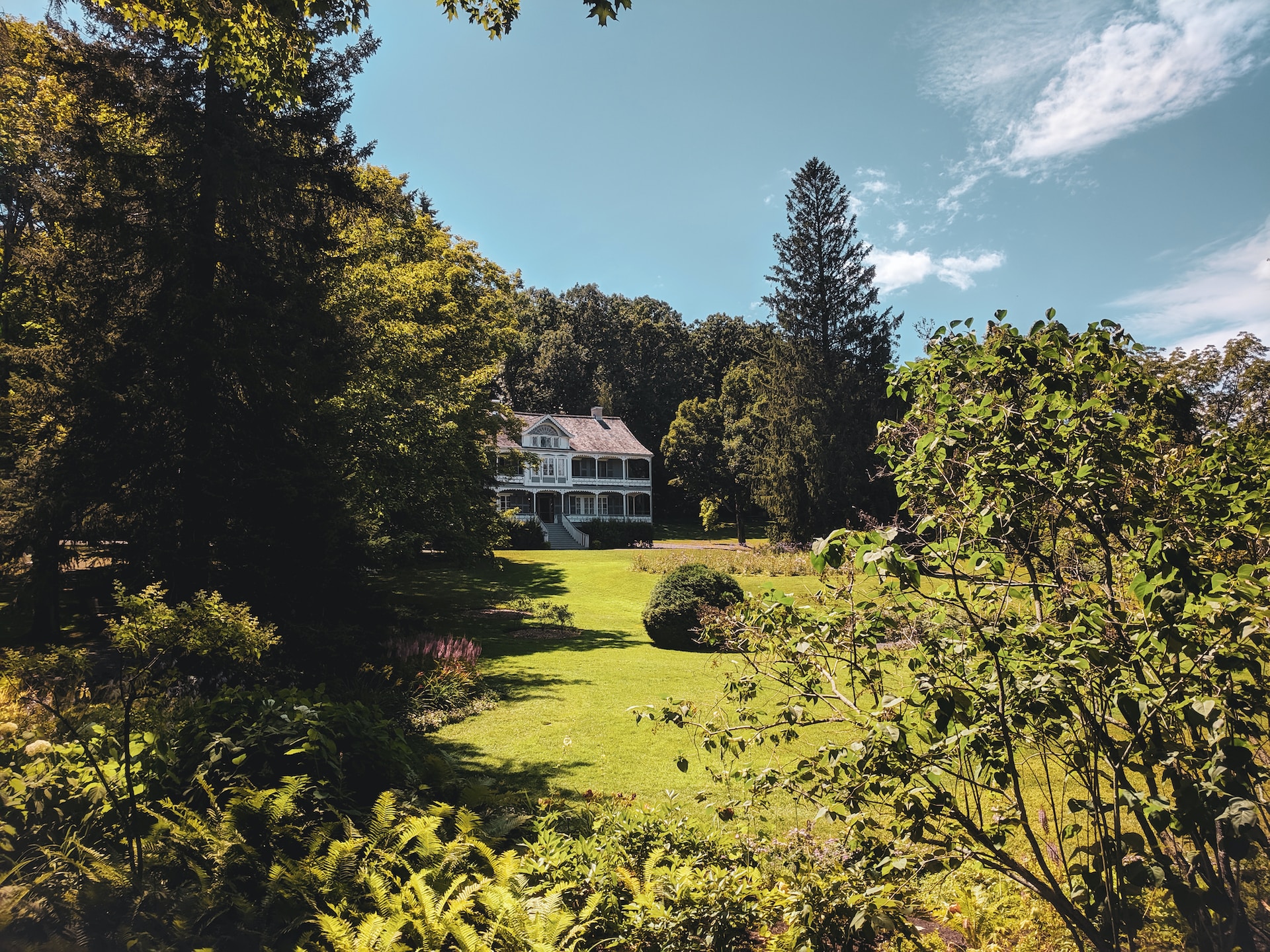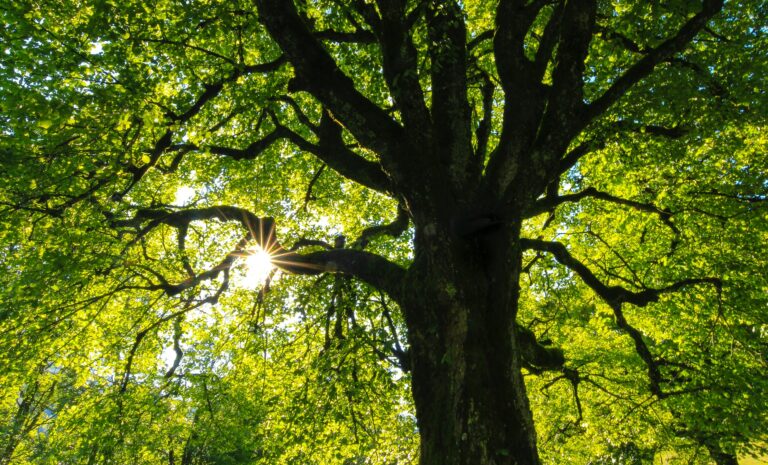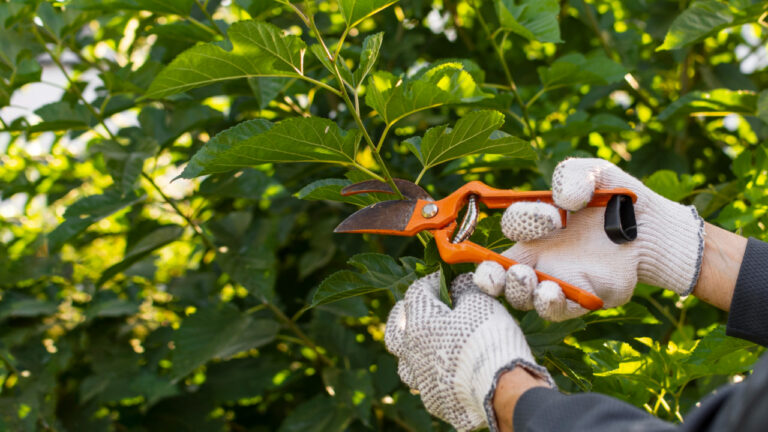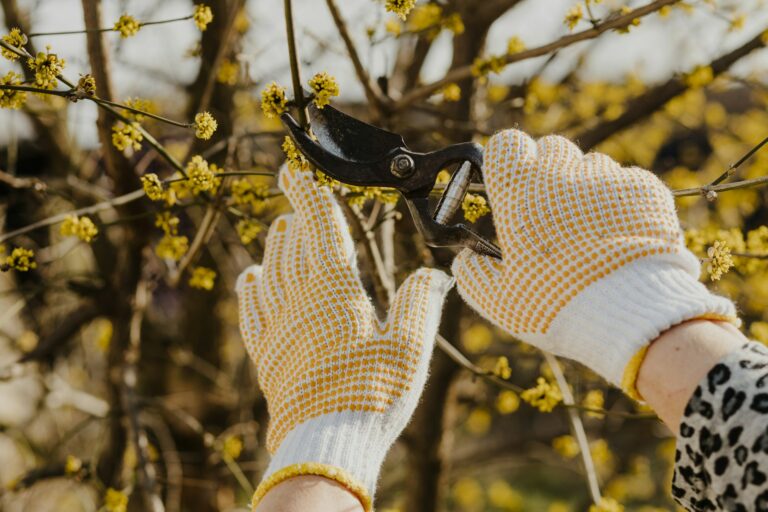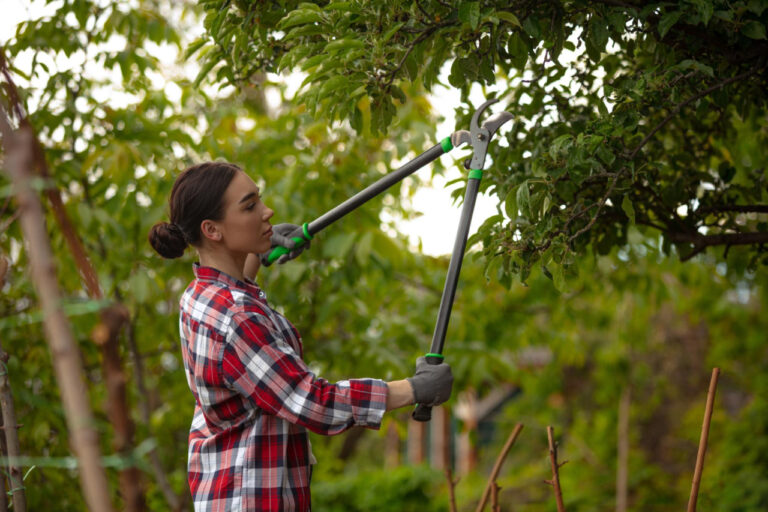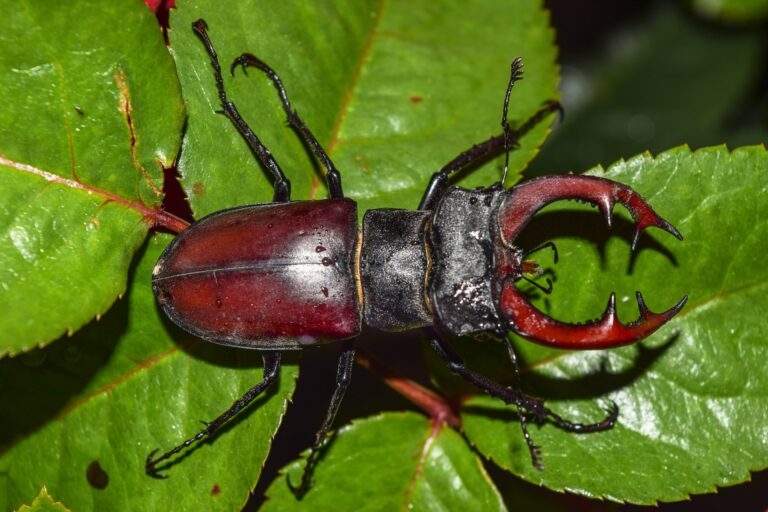Ensuring a Healthy Landscape: Your Essential Guide to Tree Disease Prevention
Trees provide countless benefits in our lives, from purifying the air we breathe to enhancing the natural beauty of the landscapes we enjoy. However, trees, much like every living organism, are susceptible to various diseases that can drastically impact their health, appearance, and longevity. As property owners, it’s essential to understand the causes, symptoms, and prevention methods that are vital to maintaining the health of your trees and ensuring a beautiful, thriving landscape. At Niwaki Tree Services, we pride ourselves on delivering reliable, five-star tree care services to the community of Rock Hill, South Carolina, assisting you in safeguarding your trees to guarantee a flourishing environment.
Join us in our exploration of essential topics, such as detecting the early signs of disease, routine tree care tips, and the benefits of partnering with certified arborists who are experts in the field of tree health. With our comprehensive guide on tree disease prevention, you can cultivate the knowledge and skills necessary to keep your trees safe, healthy, and well-maintained, ensuring a vibrant landscape that complements your property and serves as a testament to your dedication and care for the natural environment.
Assessing the Damage: Identifying Tree Hazards and Health Concerns
Following an intense storm, the first step to reviving your landscape is assessing the extent of the damage to your trees. While some trees may show obvious signs of harm, others may have hidden hazards that require professional attention. Elements to consider when evaluating storm-damaged trees include:
1. Broken or Hanging Branches: Examine your trees for branches that are cracked, broken, or hanging precariously. These pose potential risks and should be removed as soon as possible.
2. Uprooted Trees: Partially or completely uprooted trees may require removal, especially if they are leaning or pose a threat to your property.
3. Trunk Damage: Inspect the trunks of your trees for wounds or cracks. Significant damage may jeopardize the tree’s structural integrity and could necessitate its removal to prevent further harm.
4. Exposed Roots: Examine the root system of your trees for any storm-induced damage, such as exposed or broken roots.
Pruning and Caring for Storm-Damaged Trees
With the damage identified, homeowners can implement the following best practices to nurse their trees back to health:
1. Selective Pruning: Carefully remove any damaged, broken, or hanging branches without compromising the tree’s overall health. Prune in accordance with industry best practices to encourage recovery and maintain the tree’s structural integrity.
2. Wound Treatment: Address significant wounds on your tree’s trunk or branches by properly trimming damaged bark and rough edges. Consult an arborist for advice on reducing the risk of infection and promoting effective healing.
3. TLC for Damaged Roots: For trees with minor root damage, take care to reposition and cover exposed roots with soil. Water and fertilize the tree as necessary to help it recover from the stress of the storm.
4. Monitor and Maintain: Periodically assess your storm-damaged trees for signs of disease or pest infestation, as they may be more susceptible during their recovery period. Implement preventative care measures, such as regular pruning and fertilizing, to ensure ongoing health.
Enlisting Professional Assistance: Benefits of Certified Arborists
Recovering from storm damage can be a complex and time-consuming process. Partnering with certified arborists can significantly streamline the recovery process, offering a range of advantages:
1. Expert Evaluation: Certified arborists possess the knowledge and expertise necessary to accurately assess the damage caused by a storm, identify hazards, and determine the most appropriate course of action for your trees’ recovery.
2. Safe Pruning and Removal: Tree removal and pruning can be dangerous tasks, especially following a storm. Arborists adhere to industry standards, ensuring the safety of your property and your family during the process.
3. Disease Diagnosis and Treatment: Professionals can help identify and treat any diseases or pests that may impact your storm-damaged trees, preventing further harm and promoting healthy growth.
4. Recovery and Prevention Strategies: Arborists can develop tailored plans that address the immediate recovery needs of your storm-affected landscape while implementing preventative measures to safeguard against future storm damage.
Conclusion
Storm damage can have devasting consequences for your landscape’s appearance and health, but with the right approach and support, it is possible to revive and even improve the condition of your trees. By investing time and effort into the proper care and maintenance of your storm-damaged trees, homeowners can restore the natural beauty and vitality of their landscapes and protect their property for years to come.
Are you a new home buyer or seller looking to ensure the safety and health of the trees on your property? Look no further than Niwaki Tree Services! Our ISA Certified Arborist provides consultations and inspections of your trees to help identify any potential hazards, diseases, or other issues that could compromise the safety and value of your property.
At Niwaki Tree Services, we believe that just like you inspect your home, you should inspect your trees. Trees can be a beautiful and valuable addition to any property, but they can also pose a significant risk if not properly maintained and cared for. With our commitment to quality and expertise in the industry, you can trust our high-quality tree services to provide you with the best possible service and results. Contact us today and take the first step towards a safer and healthier property.

